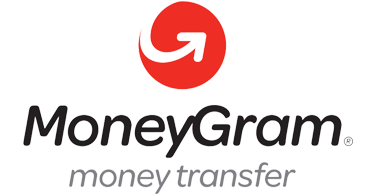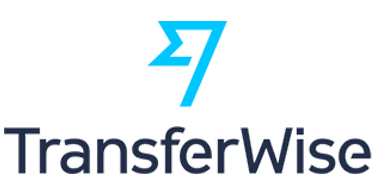Heterogeneous Network connects various network devices with different simulation settings or protocols. As we connect with vast research topics with vastly different solutions for your “Heterogeneous Networks Research Proposal”

Let’s Get Know about Heterogeneous Networks,
Heterogeneous Network is one of the upcoming evolutionary research areas in Networking and Communications. HetNet is the integration of technology that allows deploying different types of cells to give the best possible higher data rate.
How is it possible to give faster data rates in the deployment of cells? This question makes this Heterogeneous Networks Research Proposal more interesting. Let’s start this work by seeing the evolution of mobile communications and its data rates.
Evolutionary of Mobile Communication
- 1G: Speed: 2.4 kbps Analog Cellular IEEE 802.11
- 2G: Speed: 64Kbps Digital Cellular IEEE 802.11b
- 3G: Speed: 2Mbps CDMA 2000 IEEE 802.11g/a
- 4G: Speed: 1Gbps WiFi LTE, LTE A IEEE 802.11n
- 5G: Speed: More than 1Gbps 5G & Beyond IEEE 802.11ac
Today, heterogeneous networks support virtual and augmented reality and IoT-based real-time applications. By seeing the above evolution chart itself we can come to know the variation in Data Rate. Handling recent research trends and implementing them in a better way makes our experts stand unique.
OVERVIEW OF HETEROGENEOUS NETWORK
A Heterogeneous Network is a network that has multiple ways to make the framework work efficiently. Some of the technologies are adopted by the Heterogeneous Network framework is listed as follows: Selecting the correct technology makes the PhD Research in Heterogeneous Network an efficient one.
COMMUNICATION TECHNOLOGIES IN HETNETS
Millimeter Waves: Higher Frequency-These waves broadcast their frequency at 30 & 300 GHz-More Bandwidth for everyone. (Cons): Can’t penetrate through obstacles like buildings.
Small Cells: To overcome the millimeter-wave problem small cells adopted a new technology by handling Small Base Station (Transceivers). These Base stations can be placed every 250 meters to avoid signal loss.
Massive MIMO: Multiple Input Multiple Output – It allows the transmission of multiple parallel data streamings over the same time-frequency resources. (Cons): Signal Interference
Beam Forming: This technology is introduced to prevent signal interference caused by MIMO. Which is an effective traffic signaling system. This system helps wireless signals travel in a specific direction. Particularly, Concentrated Beam points only in the direction of the user. This helps to avoid interference.
Full Duplex: High Throughput and low latency- Transceiver: send & receive data at the same frequency.
How to Write Good Research Proposal in HetNets?
An Increase in wireless communication will result in to increase in the spectrum. This will lead to spectrum scarcity. To avoid these situation wireless operators will begin to use a mix of a low-band, mid-band, and high-band spectrum each with its own strength. Dynamic spectrum sharing will meet the growing spectrum needs. For Implementing a Heterogeneous Network Research Proposal where both the advantages and challenges are listed below:
Current Research Ideas in HetNets
- Multi-Cloud Services
- Monitoring of Complex Systems
- Data Aggregation
Research Challenges in HetNets
- User Association
- Power Control
- Resource Allocation
- Cost-Efficient
- Connection Density
- High Spectrum Efficiency
Challenges can be overcome by Researches. Here our Research team is filled up with world-class certified Engineers who barely working to guide your Heterogeneous Networks Research Proposal. Our Subject experts can guide you in selecting the most prominent research area and as the subject experts, they always implement the work with the help of the latest tools & technologies and also with highly efficient algorithms.
Research Topics in Heterogeneous Networks
- Radio Resource Management
- Virtual Content-aware Mapping
- Closer Integration of LTE and WiFi
- Resource Allocation & Scheduling in Dense Heterogeneous Networks
- Joint Load Balancing of Uplink and Downlink Access in Heterogeneous Network
- Spectral and Energy Efficiency Resource Allocation in MIMO
- D2D Communications: Relay Selection Algorithm
- Dynamic Virtual Service Communication
- Power Allocation in HetNets
Heterogeneous Networks is the current trend-setting topic in the Research Area. It’s all because of the Evolution of 5G technology. Heterogeneous Networks is making a 5G more efficient and effective one. As our Research Team is always there to discuss and guide on more challenging topics in Heterogeneous Networks. Discuss with us for more interesting hetnet project ideas and techniques. Kindly feel comfortable starting the discussion by making a call or sending a mail to reach our highly experienced research team.





















